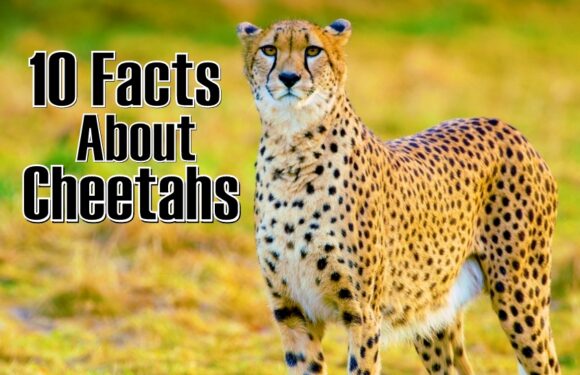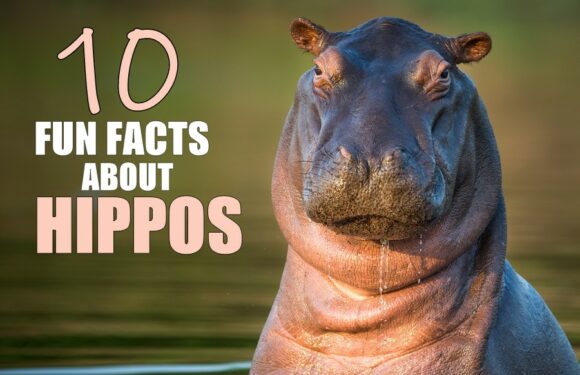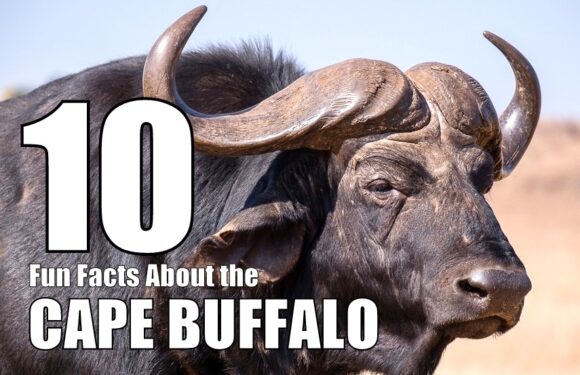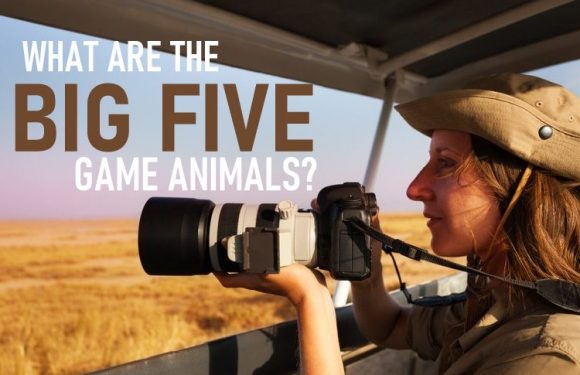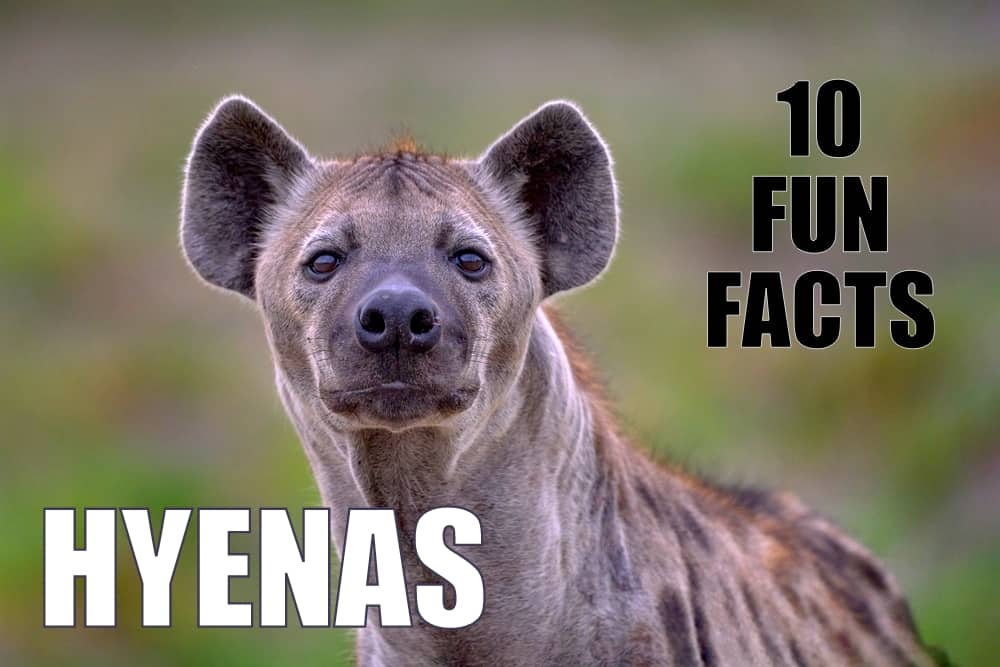
The hyena has been vilified by humans since ancient times. Seen as wicked, cowardly and ugly creatures, hyenas are very misunderstood. They are more than mere scavengers. They possess fascinating characteristics and behaviors that contribute to the intricate balance of the natural world.
In this article, we’ll reveal 10 fun facts about hyenas that may change your mind about these intelligent, family oriented animals.
1. Hyenas are not Cats or Dogs
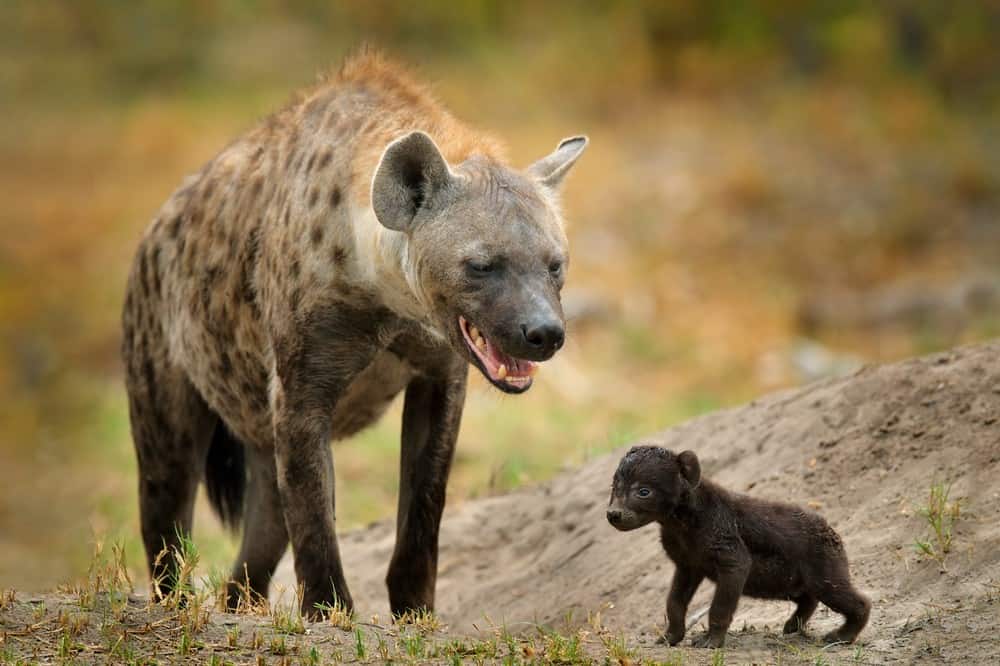
Hyenas are often mistakenly categorized as either dogs or cats, but they actually belong to their own family, Hyaenidae. This confusion arises because hyenas share characteristics with both cats and dogs.
The order Carnivora includes animals like cats, dogs, bears, and others. Hyenas belong to the Hyaenidae family within this order, which is distinct from both the dog (Canidae) and cat (Felidae) families.
While hyenas resemble dogs in some aspects of their behavior and appearance, genetically and taxonomically, they are closer to cats in terms of evolutionary relationships. They share a more recent common ancestor with the feliforms than with the caniforms.
2. There are Four Hyena Species
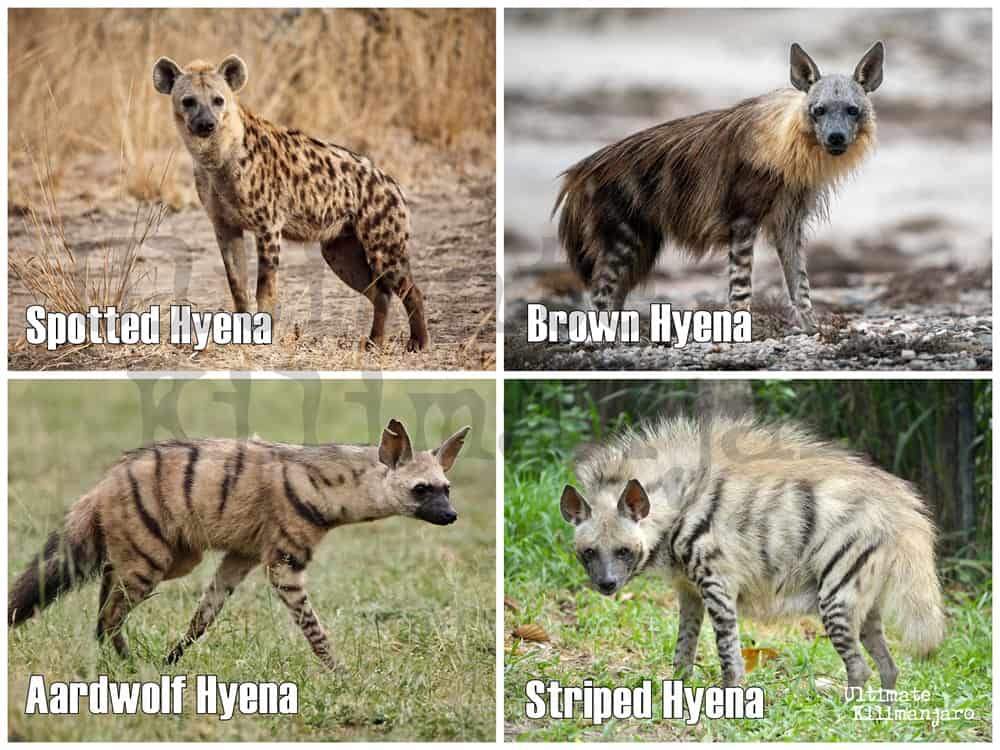
Hyenas belong to the Hyaenidae family, which consists of four distinct species: the spotted hyena (Crocuta crocuta), brown hyena (Parahyaena brunnea), striped hyena (Hyaena hyaena), and aardwolf (Proteles cristata). Each Hyena species possesses unique characteristics and habitats and are found in different regions across Africa and parts of Asia.
In Tanzania, the spotted hyena is the most common species. It is recognized for its spotted coat, powerful build, and robust jaw structure. Tanzania is also home to the brown hyena and the striped hyena, although these species are less frequently encountered.
3. Hyenas Live in Clans
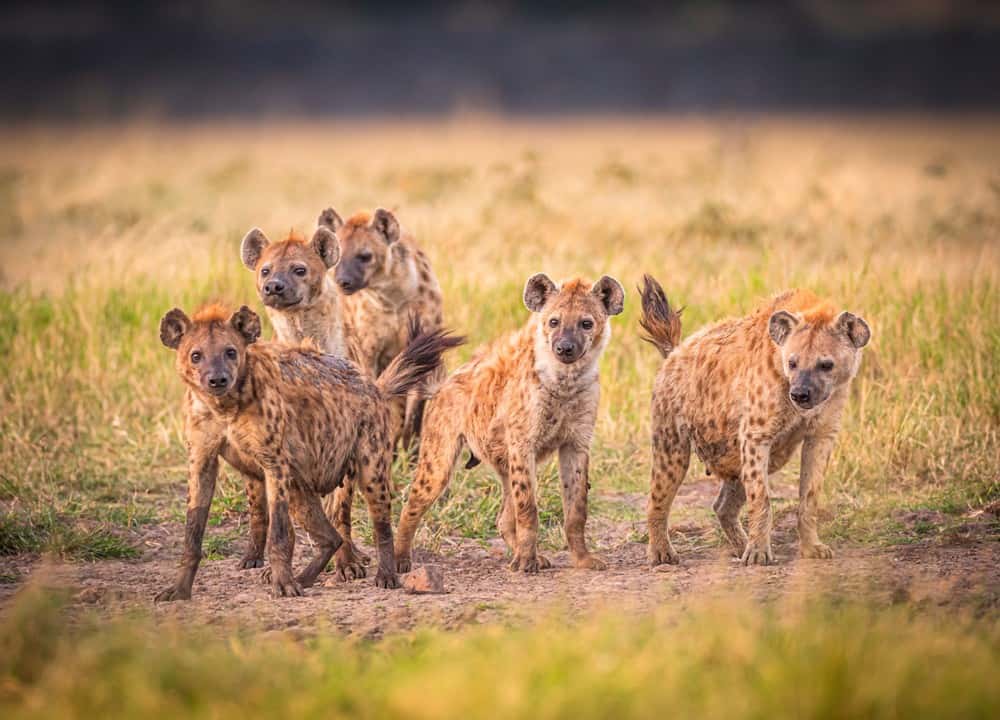
Hyenas display complex social behaviors and live in structured groups known as clans. Among these clans, spotted hyenas exhibit particularly intriguing behavior. They exist in matriarchal societies, where females hold dominant roles in the hierarchy. The ranking order is typically determined by the matriarch, who oversees hunting and breeding activities within the group.
Hyenas give birth to cubs in communal dens, and the cubs are cared for collectively by the clan. Hyena cubs develop rapidly.
4. They Don’t “Laugh” for Fun
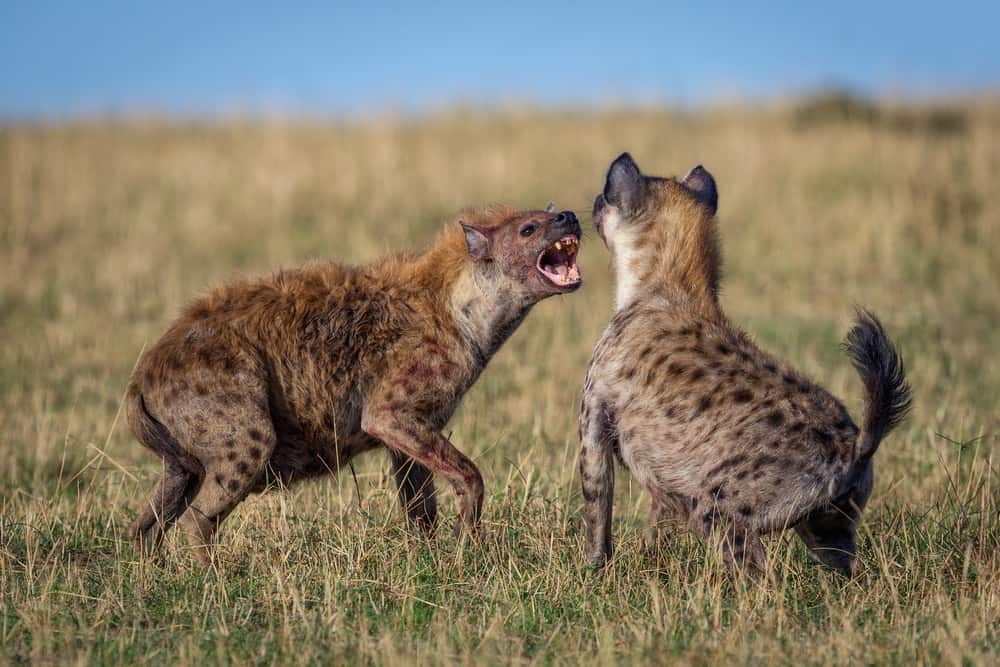
Hyenas communicate through a wide range of vocalizations. One of the most distinctive sounds associated with hyenas is their unique laughing call, often misunderstood as a sign of amusement. In reality, this vocalization serves as a means of communication among clan members. Most of the time, a hyena’s laugh is in response to agitation or attack.
Hyenas also communicate through scent marking, utilizing glands to leave olfactory cues. These scent marks define territories, convey social information, and help establish the identity of the group.
5. Hyenas are Capable Hunters
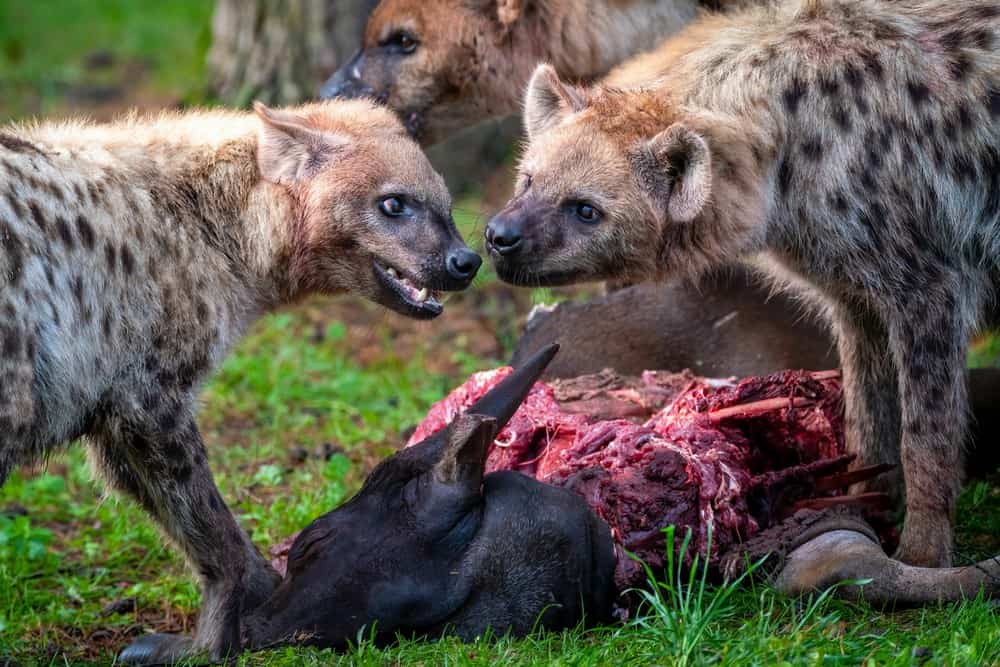
Often misconceived as scavengers, hyenas are skilled predators and proficient hunters. Spotted hyenas, for instance, are known for their prowess in taking down prey, even animals much larger than themselves. They utilize cooperative hunting techniques, working together as a coordinated pack to outmaneuver and capture prey.
Hyenas play a vital ecological role by serving as nature’s cleanup crew. Their scavenging behaviors help maintain the balance of the ecosystem by reducing the presence of carrion and preventing disease spread. They contribute to the food chain as both predators and scavengers.
6. Hyenas Have Very Powerful Jaws
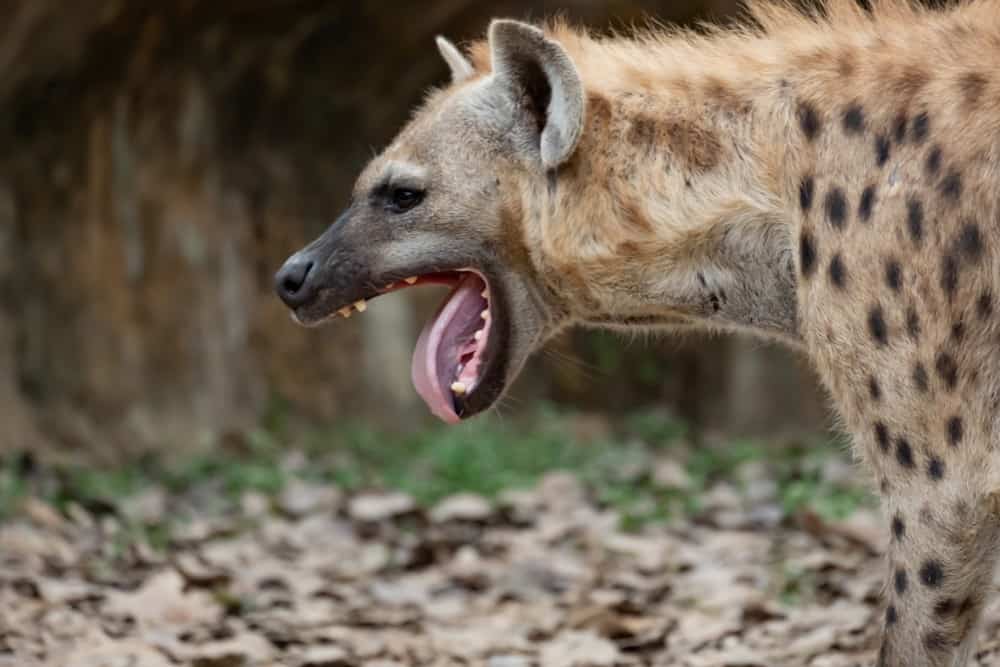
Equipped with robust jaws and an incredible bite force, hyenas possess exceptional bone-crushing abilities. Their powerful teeth allow them to easily fracture and consume bones, an adaptation that sets them apart from many other carnivores. They can devour virtually the entire carcass, including bones, aiding in efficient nutrient absorption.
Hyenas have one of the strongest bites in the animal kingdom, with a bite force over 1100 PSI. For comparison, lions have a bite force of 650PSI despite being more than twice the size of hyenas.
7. Hyenas Eat Everything
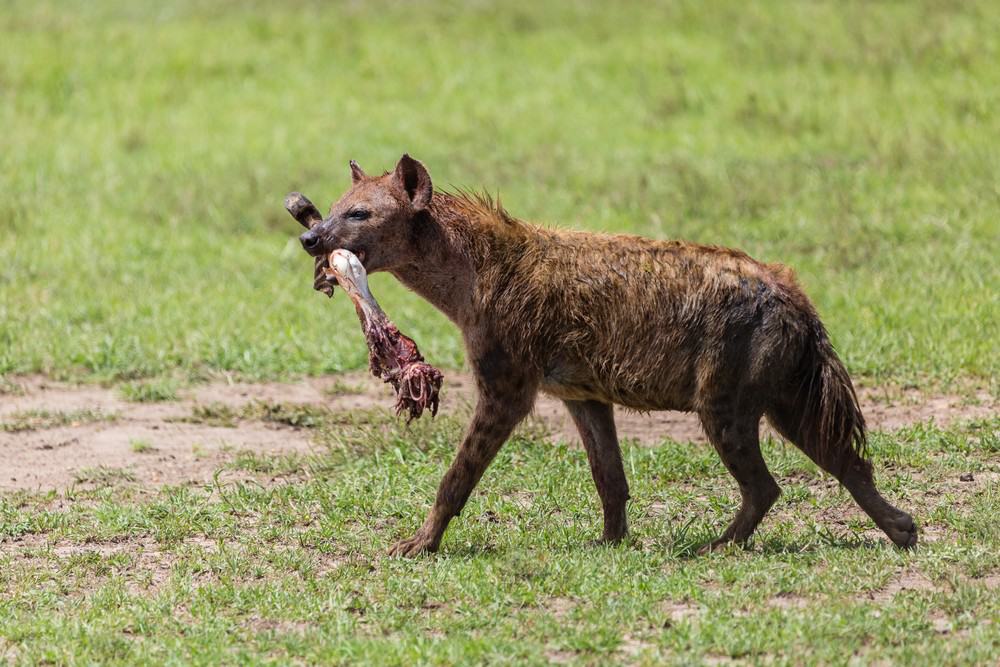
Hyenas are opportunistic feeders, adaptable to different food sources. While they are adept hunters, they also scavenge for food. Their diet encompasses a wide range of options.
Large and Small Mammals: Hyenas often hunt large mammals such as wildebeest, antelope, zebra, and buffalo. In some regions, they are the most common predators of these animals, either hunting in groups or scavenging remains left by other predators. They also prey on smaller mammals like hares, rodents, and birds.
Carrion and Scavenging: Hyenas are well-known scavengers. They often consume the carcasses of dead animals, which they can find using their keen sense of smell. They are capable of cracking bones, allowing them to extract marrow and consume parts of the carcass that other predators cannot.
Insects and Other Small Organisms: In some instances, especially for the smaller species of hyenas like the aardwolf, their diet may consist largely of insects (like termites) and other small organisms.
Fruits and Vegetables: Though primarily carnivorous, hyenas have been known to eat certain types of fruit and vegetation, especially in times of food scarcity.
Human-derived Waste: In areas close to human habitation, hyenas sometimes scavenge on human garbage or waste, showing their adaptability to various environments and food sources.
Hyenas also have enemies. The primary threats to hyenas in the wild are lions. These two species are often in direct competition for food and territory. Other large predators like leopards and crocodiles also pose risks to hyenas.
8. Hyenas Have Exceptional Endurance
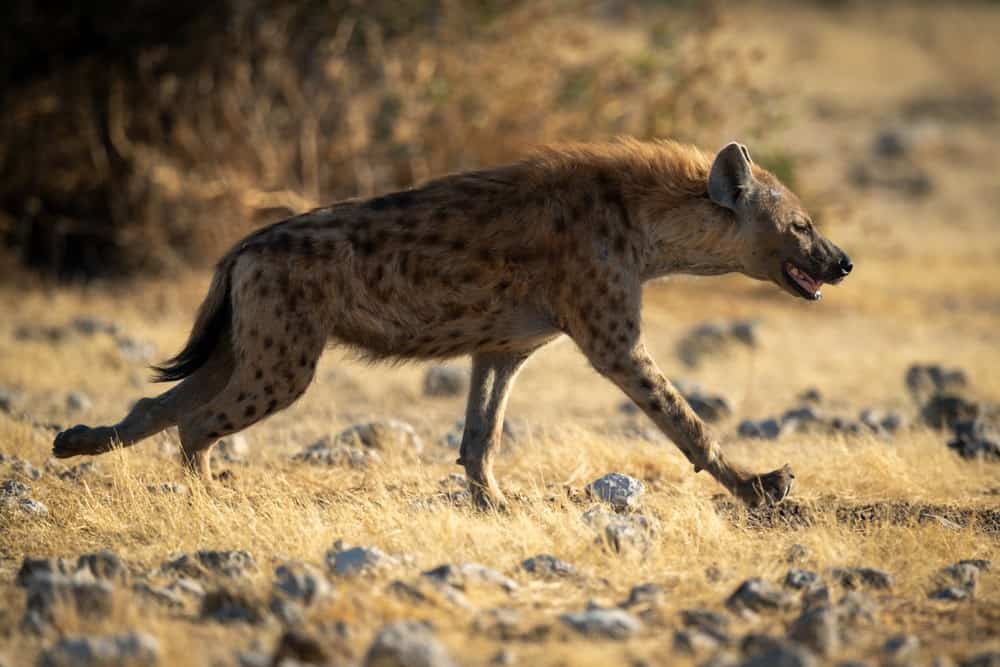
Hyenas are known for their endurance, especially when it comes to travel and hunting. Their stamina enables them to engage in prolonged chases in the pursuit of prey. Unlike many other predators that rely on speed and surprise, hyenas often use a strategy of endurance hunting. This involves running after their prey over long distances, until the prey becomes exhausted.
The hyena’s remarkable endurance is due to several physiological adaptations. Hyenas have a highly efficient respiratory system, their slow-twitch muscle fibers are made for long-duration activities, and their body structure gives them a loping gait that conserves energy.
9. Hyenas Don’t Just Live in the Savanna
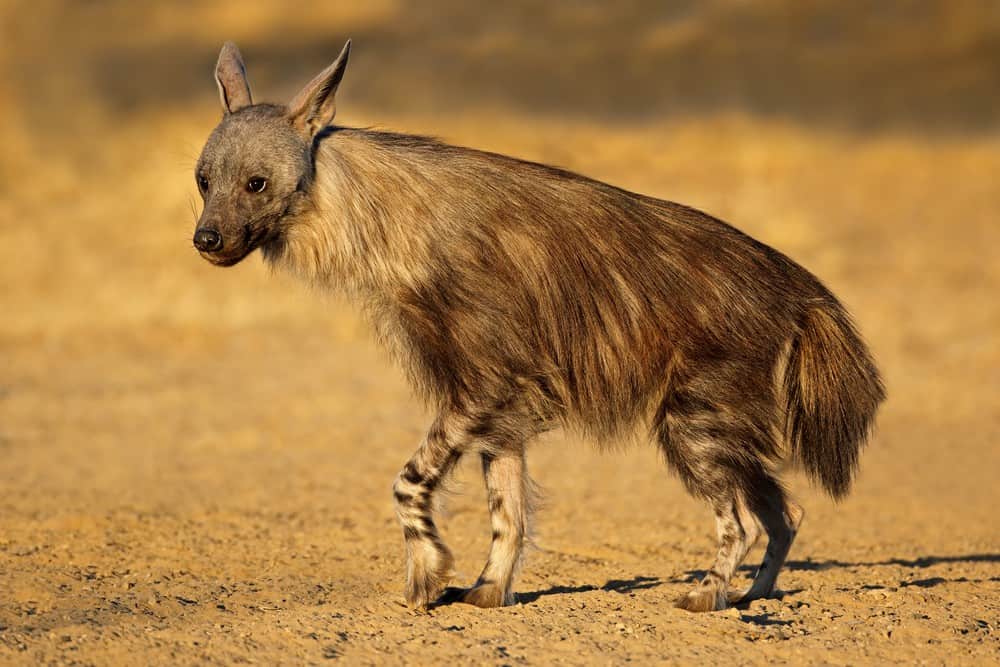
Hyenas are commonly associated with African savannas and grasslands, but they thrive in diverse environments including various habitats across Africa and parts of Asia.
Some hyena species, like the brown hyena, are well adapted to more arid environments, including semi-desert areas. They are also found in mountainous regions, such as the Ethiopian Highlands. Increasingly, hyenas are being observed in urban areas. They can also be found in woodlands and forests.
10. Female Hyenas Have Pseudo-Penises
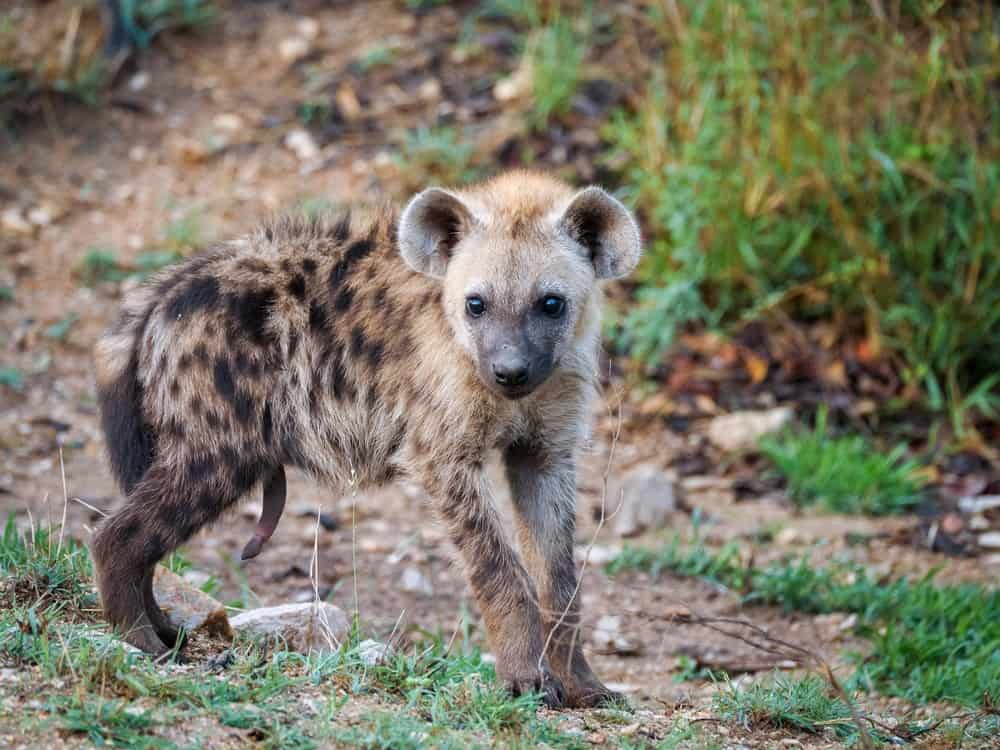
Female spotted hyenas have a unique anatomical feature often described as a “pseudo-penis.” This structure is not actually a penis, but an elongated clitoris that closely resembles the male’s penis in both size and shape. They are the only mammalian females to copulate, urinate, and give birth through the penile-like canal. It’s even possible for females to get erections!
There are several theories as to why they have this trait. It could be a form of signaling submission or appeasement. It could give female hyena more control over mating, as the structure makes copulation possible only if the female is fully cooperative. Or it could be the side effect of having high levels of androgens (male hormones) in their bodies.
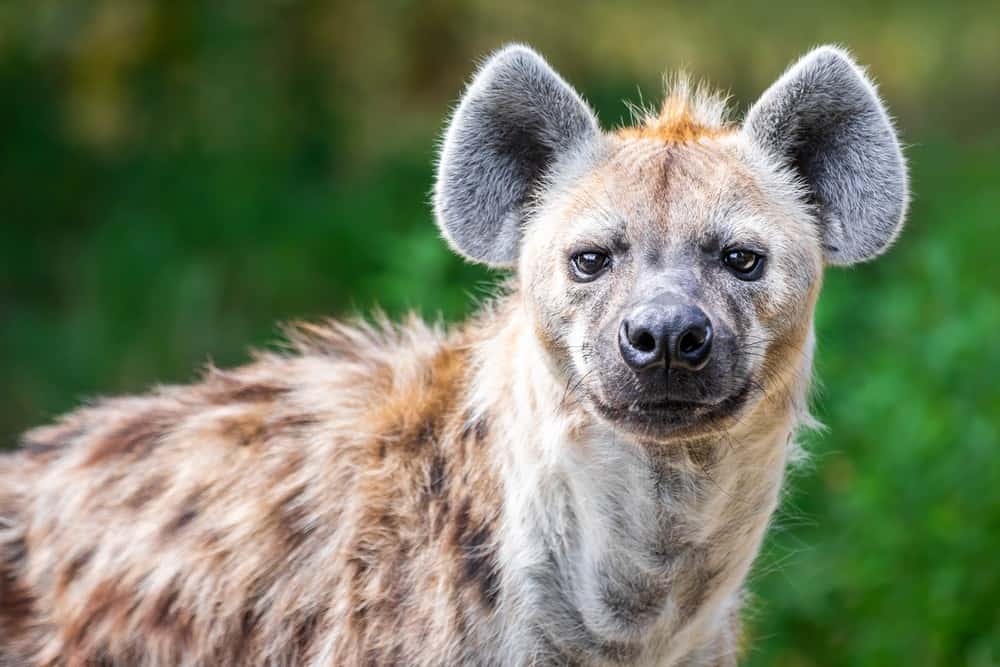
Spotted Hyena Quick Facts
- Scientific Name: Crocuta crocuta
- Common Name: Spotted hyena
- Size: 2.5 feet tall, 3.3 to 5.2 feet body, with 10-14 tail
- Weight: 90-190 pounds
- Lifespan: 12-20 years
- Diet: Carnivore
- Habitat: Sub-Saharan Africa
- Conservation Status: Least Concern
While hyenas are not currently classified as endangered, they face various challenges, including habitat loss and conflicts with humans. Conservation efforts are essential to ensure their coexistence with local communities and their protection in national parks and reserves.
Hyenas have cultural significance in many Tanzanian communities and are often featured in folklore and traditions. For tourists and wildlife enthusiasts, observing these intelligent and resilient predators during safaris and game drives is an intriguing and educational experience.
Come see hyenas for yourself while on an Ultimate Kilimanjaro safari.




















































